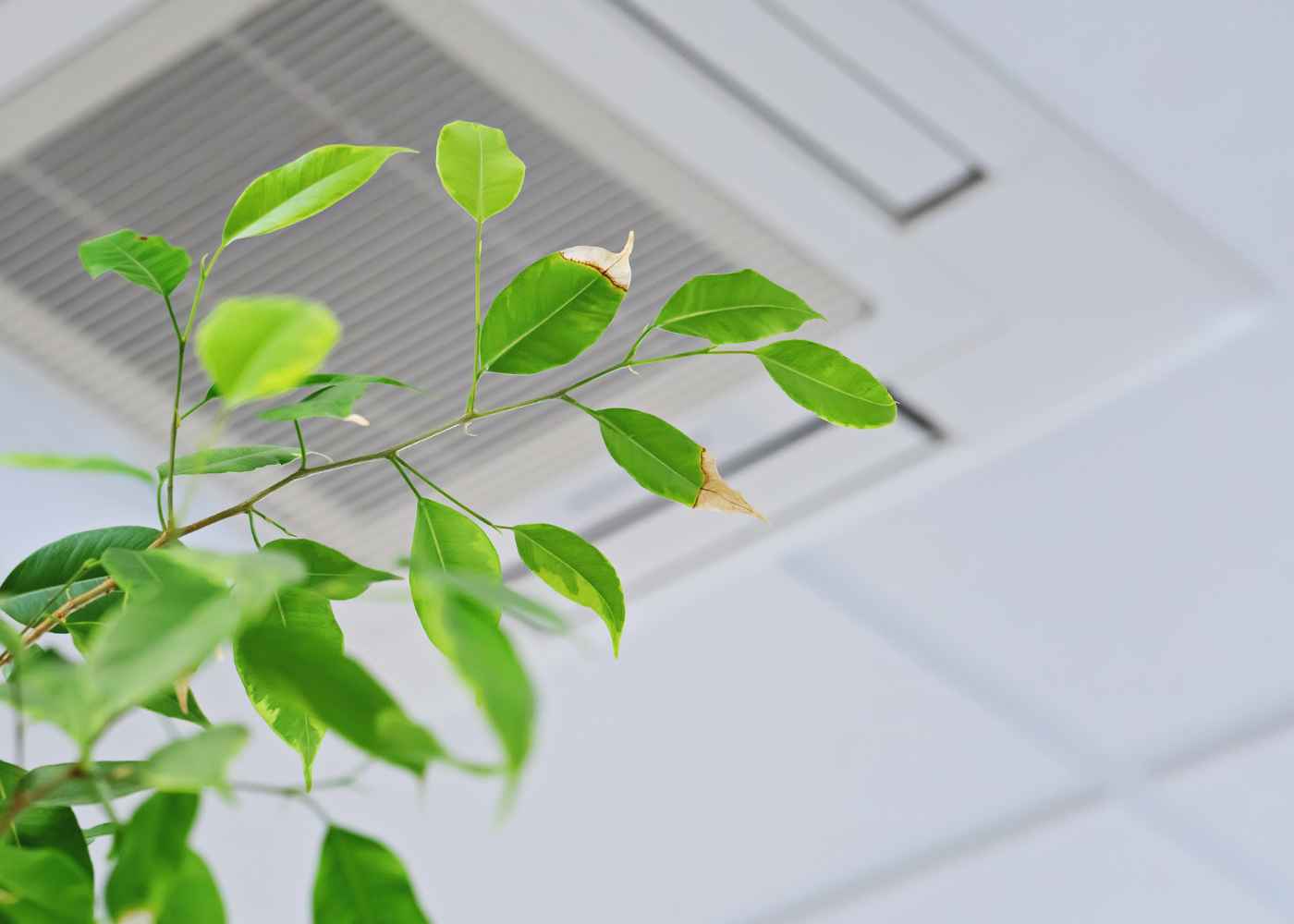
Ensuring good air quality at home is crucial for maintaining health and well-being. Without regular monitoring and improvement of indoor air, you could be exposing yourself and your family to a range of health issues. Here are five health problems that are commonly linked to poor indoor air quality:
Respiratory Infections and Conditions
Poor air quality can lead to an increase in respiratory infections like colds and flu. It can also exacerbate pre-existing conditions such as asthma, bronchitis, and other chronic respiratory diseases. Pollutants and allergens in the air like dust mites, pet dander, and mold spores can irritate the airways, leading to inflammation and compromised lung function.
Allergies
When indoor air is laden with allergens such as pollen, pet hair, dust mites, and mold, it can trigger or worsen allergy symptoms. Common allergic reactions include sneezing, coughing, itchy eyes, and nasal congestion. For people with severe allergies, exposure to these airborne allergens can lead to more serious reactions.
Headaches and Dizziness
Exposure to certain pollutants in indoor air, including volatile organic compounds (VOCs) emitted from paints, cleaning products, and synthetic materials, can cause headaches and dizziness. Chronic exposure to high levels of VOCs has been linked to more serious neurologic and health issues.
Skin Irritations
Your skin can also suffer from poor indoor air quality. Dry, circulated air can dehydrate the skin, while pollutants can lead to irritation and exacerbation of skin conditions like eczema and psoriasis. Chemical pollutants can further irritate the skin, causing redness, itching, and other dermatological issues.
Long-term Health Effects
Long-term exposure to poor air quality indoors can contribute to more serious health issues down the line, including heart disease, chronic obstructive pulmonary disease (COPD), and even lung cancer. Certain air pollutants, such as radon gas and secondhand smoke, are known carcinogens that can significantly increase the risk of cancer over time.
Final Thoughts
Improving your home’s air quality can mitigate these risks. Regular maintenance of HVAC systems, using air purifiers, incorporating indoor plants, ensuring adequate ventilation, reducing the use of chemical-laden products, and regularly having mold removal services from companies like Pure Maintenance Mold Removal can all contribute to healthier indoor air. Monitoring your home’s air quality with detectors or smart home systems can also help you stay informed and take action when needed.


